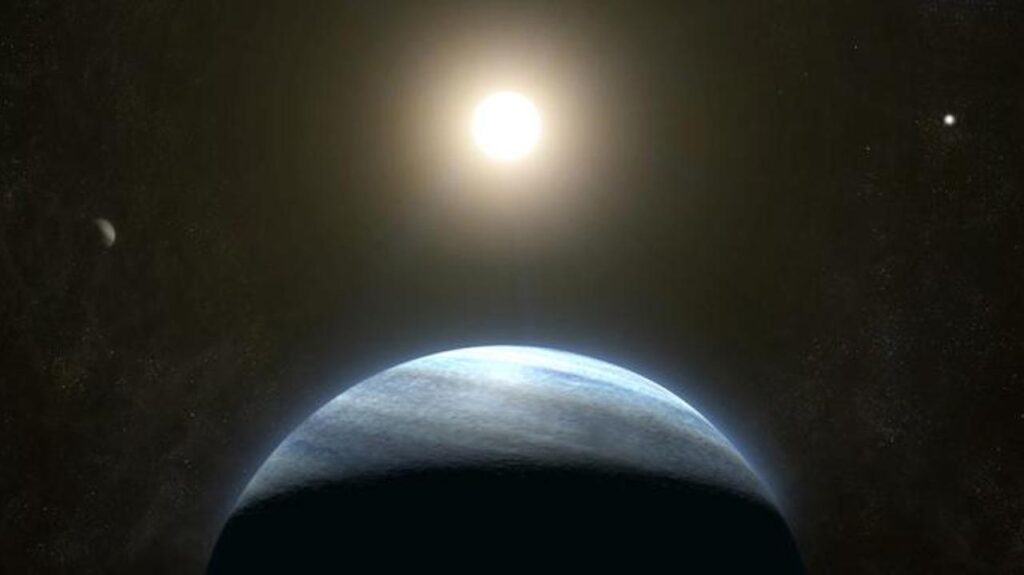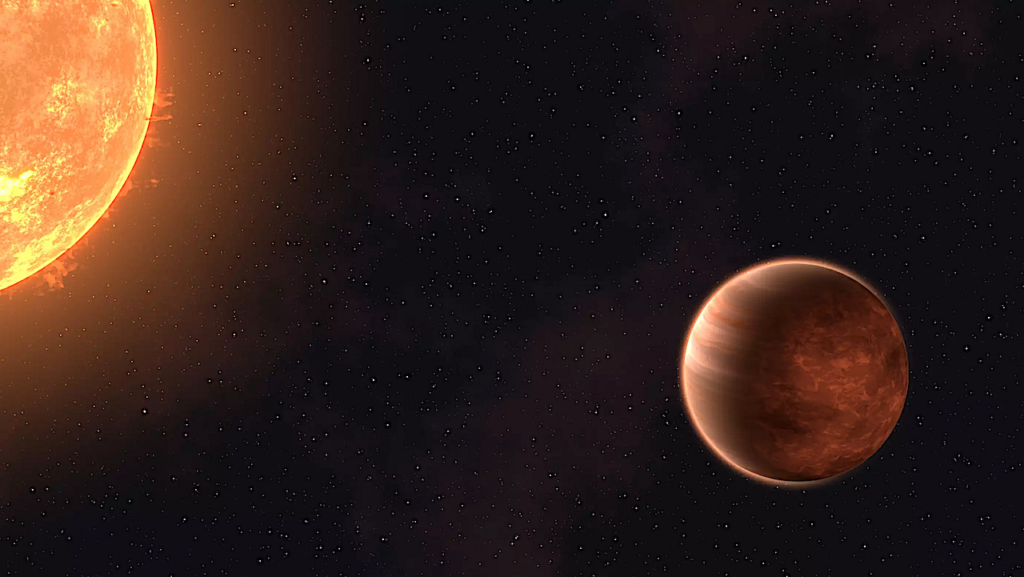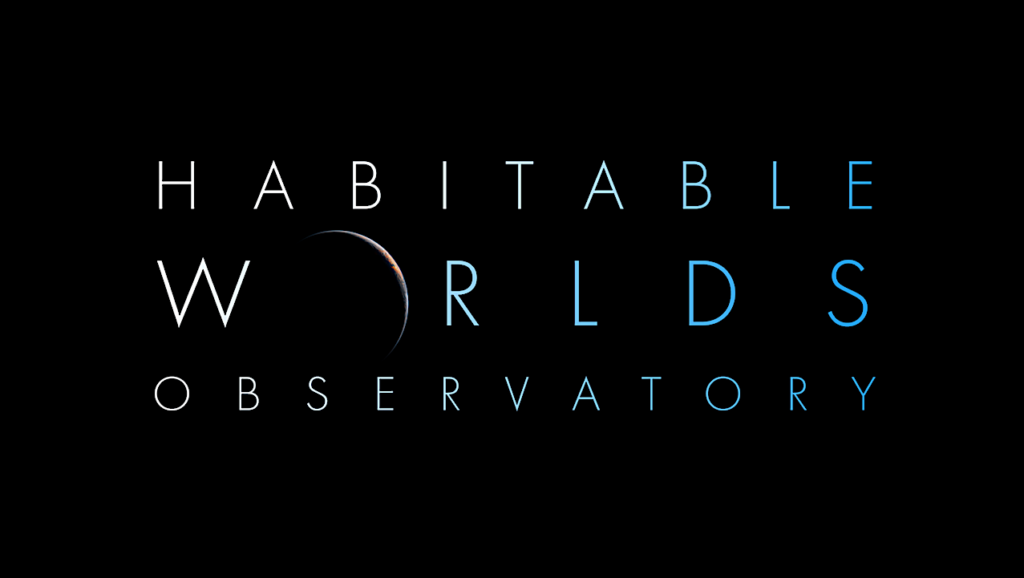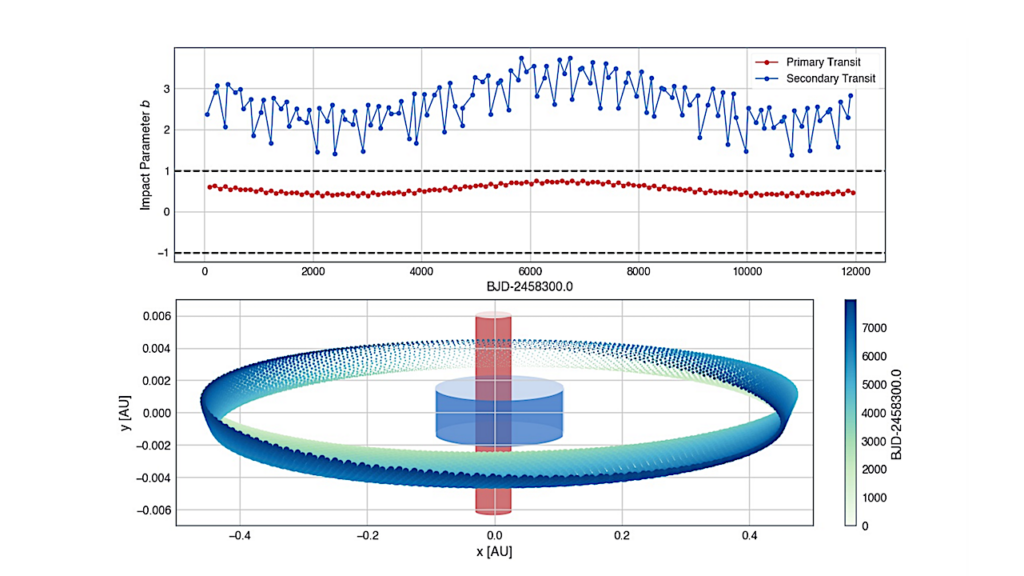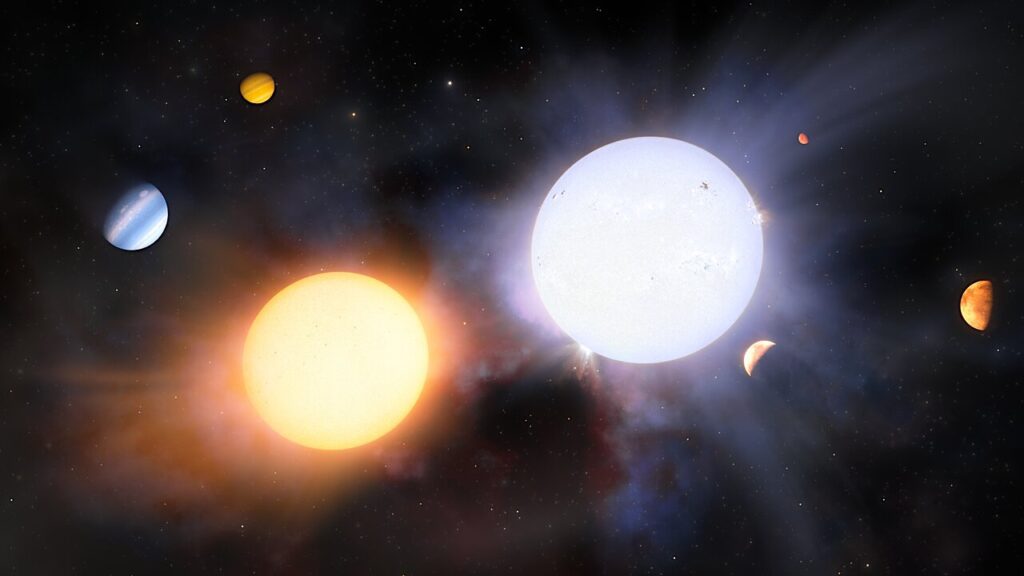Planet Hunters TESS V: A Planetary System Around A Binary Star, Including A mini-Neptune In The Habitable Zone
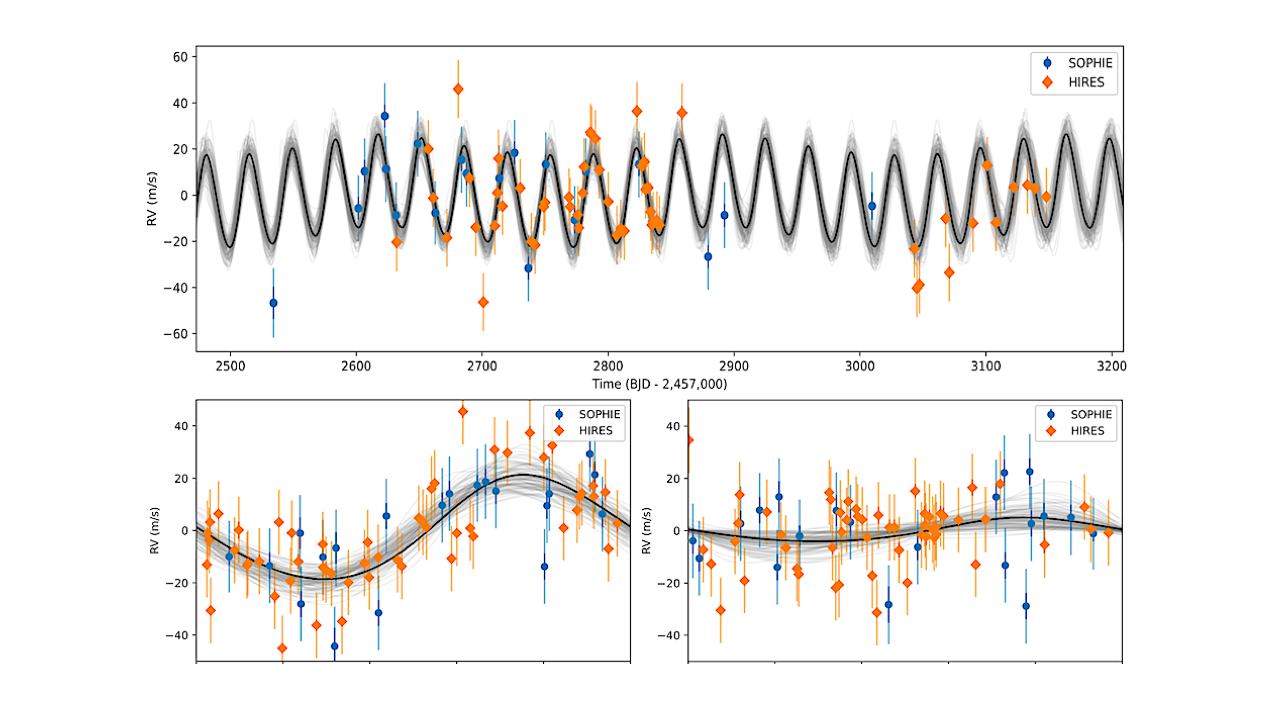
We report on the discovery and validation of a transiting long-period mini-Neptune orbiting a bright (V = 9.0 mag) G dwarf (TOI 4633; R = 1.05 RSun, M = 1.10 MSun).
The planet was identified in data from the Transiting Exoplanet Survey Satellite by citizen scientists taking part in the Planet Hunters TESS project. Modeling of the transit events yields an orbital period of 271.9445 +/- 0.0040 days and radius of 3.2 +/- 0.20 REarth. The Earth-like orbital period and an incident flux of 1.56 +/- 0.2 places it in the optimistic habitable zone around the star. Doppler spectroscopy of the system allowed us to place an upper mass limit on the transiting planet and revealed a non-transiting planet candidate in the system with a period of 34.15 +/- 0.15 days.
Furthermore, the combination of archival data dating back to 1905 with new high angular resolution imaging revealed a stellar companion orbiting the primary star with an orbital period of around 230 years and an eccentricity of about 0.9. The long period of the transiting planet, combined with the high eccentricity and close approach of the companion star makes this a valuable system for testing the formation and stability of planets in binary systems.
Nora L. Eisner, Samuel K. Grunblatt, Oscar Barragán, Thea H. Faridani, Chris Lintott, Suzanne Aigrain, Cole Johnston, Ian R.Mason, Keivan G. Stassun, Megan Bedell, Andrew W. Boyle, David R. Ciardi, Catherine A. Clark, Guillaume Hebrard, David W. Hogg, Steve B. Howell, Baptiste Klein, Joe Llama, Joshua N. Winn, Lily L. Zhao, Joseph M. Akana Murphy, Corey Beard, Casey L. Brinkman, Ashley Chontos, Pia Cortes-Zuleta, Xavier Delfosse, Steven Giacalone, Emily A. Gilbert, Neda Heidari, Rae Holcomb, Jon M. Jenkins, Flavien Kiefer, Jack Lubin, Eder Martioli, Alex S. Polanski, Nicholas Saunders, Sara Seager, Avi Shporer, Dakotah Tyler, Judah Van Zandt, Safaa Alhassan, Daval J. Amratlal, Lais I. Antonel, Simon L. S. Bentzen, Milton K. D. Bosch, David Bundy, Itayi Chitsiga, Jérôme F. Delaunay, Xavier Doisy, Richard Ferstenou, Mark Fynø, James M. Geary, Gerry Haynaly, Pete Hermes, Marc Huten, Sam Lee, Paul Metcalfe, Garry J. Pennell, Joanna Puszkarska, Thomas Schäfer, Lisa Stiller, Christopher Tanner, Allan Tarr, Andrew Wilkinson
Comments: 24 pages, 16 figures, 4 tables
Subjects: Earth and Planetary Astrophysics (astro-ph.EP)
Cite as: arXiv:2404.18997 [astro-ph.EP] (or arXiv:2404.18997v1 [astro-ph.EP] for this version)
Journal reference: Published in AJ, 2024
Related DOI:
https://doi.org/10.3847/1538-3881/ad1d5c
Focus to learn more
Submission history
From: Nora L. Eisner Ms
[v1] Mon, 29 Apr 2024 18:00:01 UTC (12,453 KB)
https://arxiv.org/abs/2404.18997
Astrobiology


